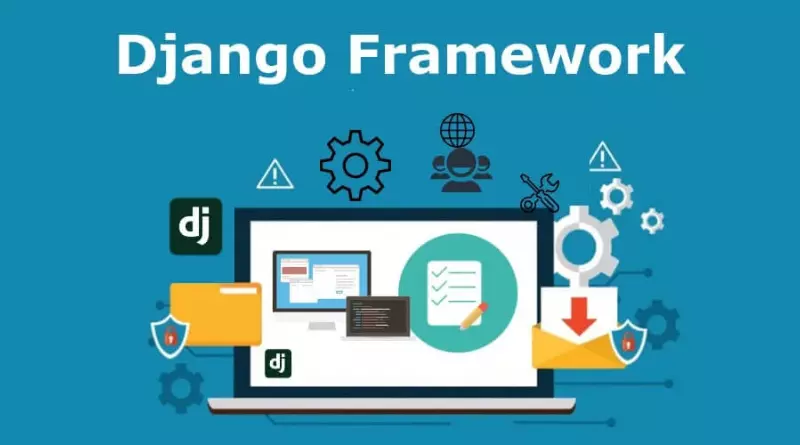A Simple Guide to Verify Documents Online

Organizations need online document verification to protect themselves from cybercrimes. Understanding the key benefits, processes, and automation is crucial in this regard.
Document verification is crucial for scrutinizing and controlling industries, especially in finance, to minimize theft risks. Strict rules apply in regulated sectors like banks. Online document verification enables firms to eliminate forgery risks, ensuring compliance with rules and regulations. Beyond legal compliance, document verification also plays a key role in building trust between consumers and companies.
Between 2017 and 2028, global spending on ID document authentication is expected to increase from 4.93 billion US dollars in 2027 to over 13 billion US dollars.
Procedure for Verifying Documents Online
The online document verification process is a simple series of steps, beginning with gathering data from clients and ending with extracting information from the relevant documents. Multiple AI tests play a crucial role in reducing identity document fraud by authenticating and approving the submitted papers.
Let’s break down each stage of the process:
1.Data Capture and Document Submission:
The process begins with clients submitting their documents. Clients are required to send clear and high-quality pictures or videos of important ID documents. AI and algorithms analyze the documents, searching for encrypted data that helps in identifying and verifying them. The submitted documents undergo pre-processing, preparing them for the next step in this initial stage.
The subsequent step focuses on ensuring quality data extraction. This involves reviewing data boundaries, correcting image skew, and enhancing color and brightness for accurate information retrieval.
2.Data Extraction:
In the second stage, all vital data is extracted from the documents. Users have the option to select the necessary information while discarding irrelevant data, aided by ID document authentication.
AI-based software, particularly Optical Character Recognition (OCR), is recommended for its ability to transform a document into a structured and informative format. The resulting document can be easily integrated into various data sources as needed. Additionally, this stage categorizes documents based on their templates, ensuring seamless validation of customer papers.
3.Document Validation:
It’s crucial to confirm whether the document and its displayed data are still relevant for validating the information gathered from scans. Users can easily compare the extracted data with any source using the rescued data to ensure its accuracy. For instance, a department handling loan approvals may want to verify if an applicant already has a loan with a similar bank. Therefore, document validation becomes essential to mitigate identity theft and fraud.
Several verification tests can be employed for document validation, including:
•Identifying faces and orientation
•Detecting cropping and edges
•Verifying back-to-front relationships
•Cross-checking multiple international IDs
•Examining color spaces
•Assessing headshot credibility
•Matching the ID image to a selfie
4.Data Authentication:
The system places data with errors through an approval process as the final step. After thorough investigation, documents are deemed authentic.
Automating Online Document Verification: A Step-by-Step Guide
1.Ensure Proper Installation of Safety Measures:
Begin by confirming the correct installation of safety features on ID documents, such as watermarks, holograms, microprints, and logos. To assess the document’s authenticity, a clear image is needed, showing these safety elements in the right places. A crisp, horizontally aligned picture of the document is crucial for comparison and consistency checks.
•Verify Machine Readable Zone (MRZ) or barcodes encoding personal data.
•Check for any discrepancies between encoded data and information in the Visual Inspection Zone (VIZ).
2.Compare Document Portrait to Individual’s Face:
To further validate the document, compare user-submitted selfies with the ID images. Matching characteristics in these photos confirm the user as the genuine document owner. This process, known as document process automation, involves designing systems to create electronic records, often used in assembling contracts, legal documents, and letters.
•Implement logic-based schedules to consolidate data from text pieces or existing data.
•Automation solutions reduce data entry, human error risks, and proofreading time.
Key Points:
•Online document verification is crucial for organizations to safeguard data and important documents.
•Document validation procedures enhance security and speed up customer onboarding while minimizing fraudulent activities.





